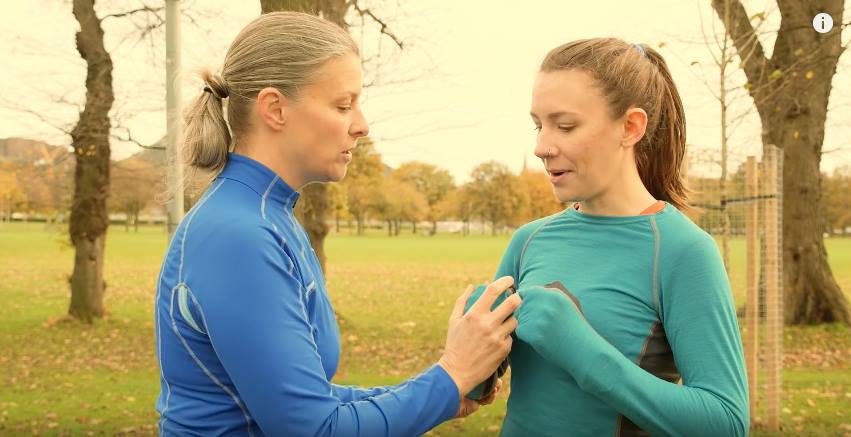Is a privilege to share the wisdom of my friend Jae Gruenke. I have learned so much from her over the years and I’m still intrigued by her video analysis of elite runners and how she can break that down to help you. Enjoy this brief interview and go to her site for more .
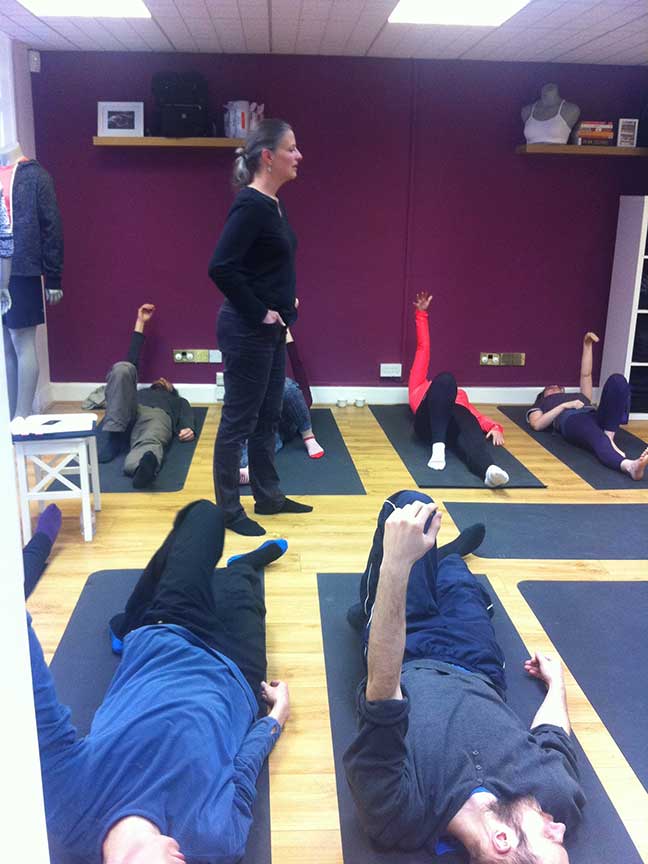
We connected probably over 15 years ago in the early days of minimalism and barefoot running. I think we both have experienced and learned a lot in the last 15 to 20 years. Its a privilege to share with our readers what you have learned.
It’s been a privilege to be connected with you! Looking back, I think the fundamentals we were talking about back at the beginning remain true, but now we have so much more experience actually teaching and supporting people in their natural running journey, we know what works, and we can be effective for the long term.
What is your background and how did you become interested in movement as a specialty?
I’ve been in the field of movement, in one way or another, my whole adult life. I started out as a modern dancer, but because I only started training in college, I had a ton of catching up to do in order to dance professionally. So alongside my dance training I also studied nearly every relevant movement training form I could find in NYC in the 1990s. That got me up to speed while also giving me a broad background in understanding movement.
About 5 years into my dance career I developed really bad bilateral achilles tendonitis and had to take more than a year off dancing. That’s when I discovered the Feldenkrais Method of Movement Education, which restored me to health and allowed me to resume my career as a much better dancer than I’d been before. As I continued to dance and work as a personal trainer on the side, I decided that I could do much more good for people as a Feldenkrais practitioner than as a fitness professional, so I enrolled in a four-year Feldenkrais professional training program.
Meanwhile I had started running as part of a dance job, and I was shocked at how bad it felt. How come I could easily do movements that normal people couldn’t contemplate, but couldn’t perform this basic human gait with any kind of competence? So that became a puzzle I really wanted to solve, and I used my Feldenkrais training program as my laboratory to work out what the difference was between people who seemed to run well and comfortably and what I was doing. By the time I figured it out, I decided I liked running better than dancing and was in any case ready to retire as a dancer. I also realized that the things I’d discovered that made running comfortable and fun for me were things that would help others, but no one was talking about them. So I started my Feldenkrais practice in 2003 in New York City with a focus on working with runners and a real sense of mission to help as many runners as possible enjoy this aspect of our birthright as human beings.
I also really want to help the sport of running understand itself better. There should be fewer injured runners and more who find it a true pleasure to run. Clearing up basic misconceptions about how running works and about the proper role of shoes are the main ways to make that happen, and I feel as strongly about that today as I did in 2003.
What types of clients and athletes do you work with?
For the first 13 years my practice was about 2/3 runners and triathletes, and 1/3 anybody else who wanted Feldenkrais lessons—from folks with back pain and neurological conditions to opera singers and violinists. But when I took my practice online in 2016 due to a sequence of international moves, it became 100% running-focused, serving runners, triathletes, other athletes who run, and people who run as part of their job, including referees, military, and law enforcement.
Your videos on analysis of elite runners get a lot of traction and they are so good. Do you have a couple that you feel share some really important lessons?
Thanks! Learning to make videos has been my chief challenge of the past couple of years, so I’m glad you like them.
The two that I find myself sharing a lot are recent ones that bust some myths about running form. The first is my analysis of Kelvin Kiptum’s world record run in the 2023 Chicago Marathon. Really dynamic movement of his core is key to his ability to run so fast, and it’s not hard to see, especially when you slow the video down just a bit. This is the opposite of what nearly every running, fitness, and health professional tells runners to do with their form, and although a fast performance by itself isn’t proof that a particular type of form is good (we all can think of runners who did well despite terrible form), in this case you can see how well his movement works. Here’s the video, and bear in mind that there are some exaggerations in what he’s doing that I don’t necessarily recommend for most people, specifically tipping the shoulders. (I think something about his supershoes also makes that work in this case.)
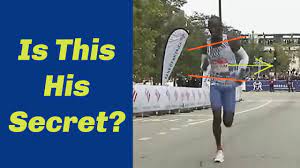
The second is my analysis of Hellen Obiri vs. Letesenbet Gidey in the 2023 NYC Marathon. I feel really strongly about this one because Obiri’s form is so often criticized and Gidey’s celebrated, but it should be the other way around. As a former dancer it’s really frustrating to me that a runner who looks dancerly is celebrated as beautiful, smooth and efficient. In fact, ballet technique is utterly incompatible with good running, and confusing the two reveals some of our confused cultural values and disconnection from our bodies. If more people understood the way Gidey’s form hurts her performance and Obiri’s helps her excel, they would see the beauty in Obiri’s powerful gait and probably enjoy their own running more too.

And if you’re a person who really loves watching cool, elegant, smooth, poised movement, the best way to enjoy that is to buy season tickets for your local ballet company. They could probably use the support. Watch that video here.
After working with so many people and videoing hundreds is there something new you are learning and want to share?
I discovered right at the beginning of my own journey how important the movement of the core is for running. That’s a fundamental in the Feldenkrais Method on empirical grounds, because if you give a person the conditions to improve how they’re moving, they always begin moving their pelvis and trunk—the general region we call the “core”–in ways that create an obvious overall improvement. And yet in running, sports, and fitness, core stability—widely interpreted to mean restricting the movement of the core–has been the paradigm since the 1990s.
I eventually coined the term “core action” in 2013 to express the movements I talk about in running to give people an alternative they could grasp, because this needs to become a popular concept in running.
The core action is basically the counterrotation of ribcage and pelvis, but there’s a lot of subtlety and variability to it, and it’s really more of a spiraling action that moves weight side-to-side, from one leg to the other, rather than just twisting around the center.
The very first thing I do with every runner is help them learn the core action at a basic level. In most cases this means learning to stop preventing themselves from doing it, either consciously (because they’ve been coached to hold their core still) or unconsciously (because of life experiences including sitting for 8+ hours a day). For practically everybody, some kind of miracle results. Running immediately gets easier, they feel like a kid again, they PR, and/or various pains improve or even vanish.
And then the next question is, “Jae, if this works so well and feels so natural, why does everybody seem to recommend we try to hold the core still?”
So recently, as I’ve started working on a book, I’ve looked at the history of core stability as a concept, and the evidence for its implementation in running.
The best thing I found on this subject was a set of three very clever studies performed by two chiropractors, Joseph Morley and Edward Traum[i]. They wanted to look at the effects of restricted pelvis and lumbar movement on various aspects of running gait, so they made a rigid cast that their subjects strapped on around their pelvis and midsection to prevent nearly all movement there. And then they looked at what happened to ground reaction force, muscle activity, center of mass movement, and energy use compared to the same runners running without the cast.
The results are pretty stunning. In plain English, they found:
- greater deceleration with each footstrike and less acceleration
- increased impact
- less side-to-side movement
- increased activation of the erector spinae muscles (running alongside the spine) and rectus femoris (your most prominent quadricep)
- shorter stride time and swing time (i.e. increased cadence and decreased stride length)
- increased oxygen consumption (energy use)
- less vertical movement
Notice the combination of more impact, more braking (deceleration) but less vertical movement. That indicates that the impact and braking come from runners extending their legs more out in front of them, with straighter legs and a more pronounced heelstrike. And indeed this is what the researchers visually observed.
It may have struck you that the researchers found higher cadence and shorter stride length, and that may, on the face of it, sound good. Perhaps your doctor or PT has in fact recommended to you that you make this change intentionally to reduce your knee or back pain. However the goal of recommending this change is to reduce overstriding and heelstriking, and notice that these studies suggest both things actually increase when you significantly restrict the movement of your pelvis. So a core-held-still core stability approach will not help you achieve your main aim. It’ll just make you more fatigued, more uncomfortable, less natural, and nowhere near the runner you could be.
Bear in mind these studies look at the near-elimination of pelvic and spinal movement by a cast. But runners don’t wear casts to achieve this, they contract muscles. So that represents additional effort and energy expenditure in real life, on top of what was observed in the studies.
I’ve never encountered another professional working with runners who’s heard of these studies, but everyone should know about them and be asking the question: what really helps runners get the outcomes that matter? The answer to that question will be much better than planks and clamshells, I promise you.
As you can tell, I am more than a little excited about this.
What are your next projects?
As I mentioned, I’m working on a book, tentatively titled How to Become a Balanced Runner. My plan is to make it brief and practical, so runners can digest it easily and refer to it as needed.
I’m also putting a lot of energy into my YouTube channel, especially into videos for injured runners who haven’t gotten better using the usual methods. I’ve got one up already called Runner’s Knee Not Improving? Here’s Why https://youtu.be/RqosDUycVz0, I’ve got similar videos planned for IT band syndrome, achilles tendon problems, plantar fascia problems, and am open to requests for what other injuries to cover.
I also still spend a lot of time coaching online and supporting the students in my online courses.
Any links to share connecting people with you and your work?
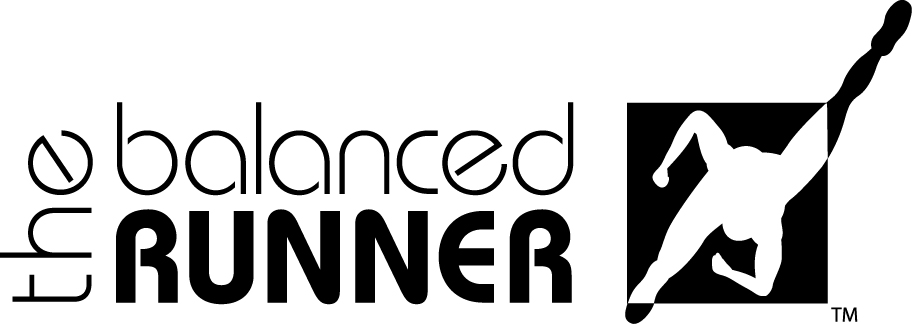
My website is https://balancedrunner.com, and my YouTube channel is https://youtube.com/balancedrunner. (There is an Australian guy using the same business name, so make sure you’ve got the channel with the American woman if you search for The Balanced Runner.) I also encourage people to do my free one-week Mind Your Running Challenge to learn the basic foundations of good form, including an intro to the core action. It works for runners of any level. You can sign up for it here: https://balancedrunner.com/mind-your-running
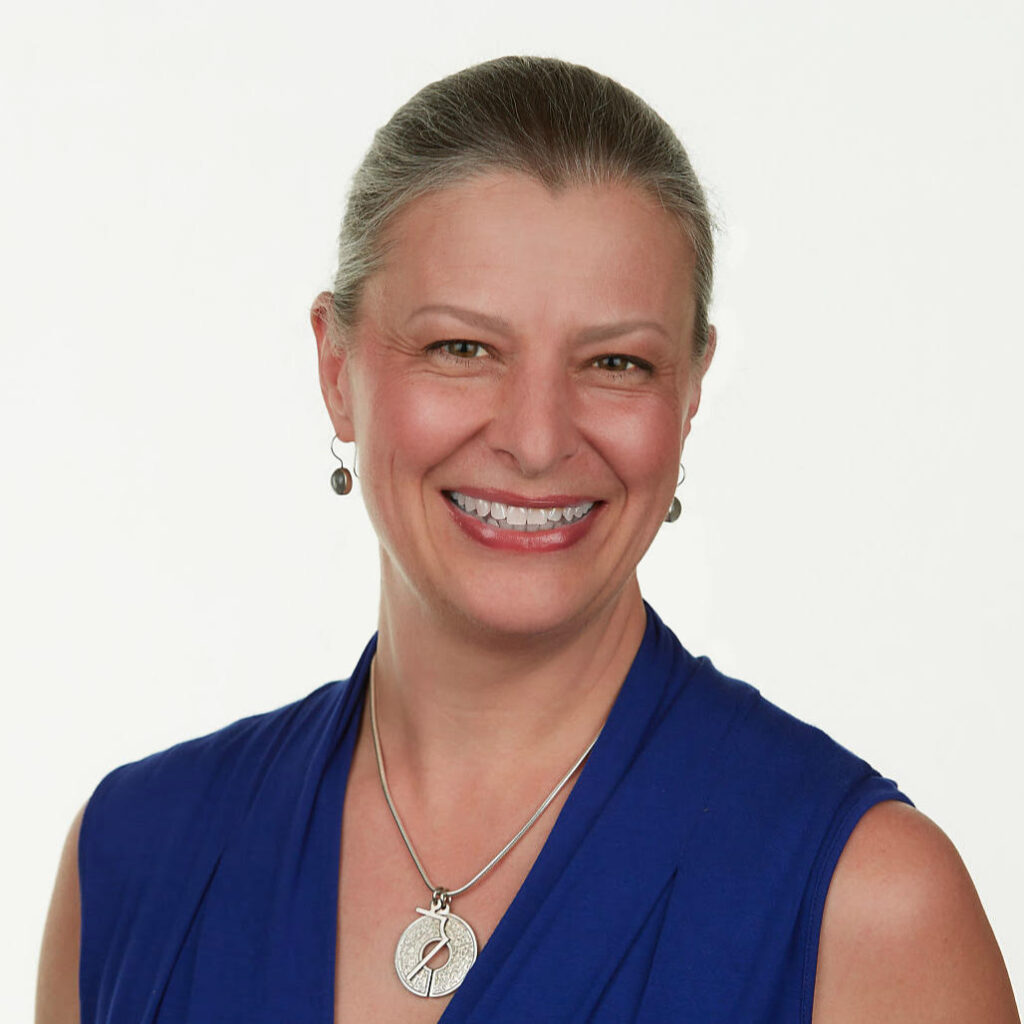
[i] Morley, Joseph J., and Edward Traum. “The effects of dorso-lumbar motion restriction on the ground reaction force components during running.” Journal of bodywork and movement therapies 20.2 (2016): 432-440.
Morley, Joseph J., and Edward Traum. “The effects of dorso-lumbar motion restriction on EMG activity of selected muscles during running.” Journal of bodywork and movement therapies 22.1 (2018): 166-177.
Morley, Joseph J., and Edward Traum. “The effects of dorso-lumbar motion restriction on energy use and center of mass movement during running.” Journal of Bodywork and Movement Therapies 23.4 (2019): 873-880.

